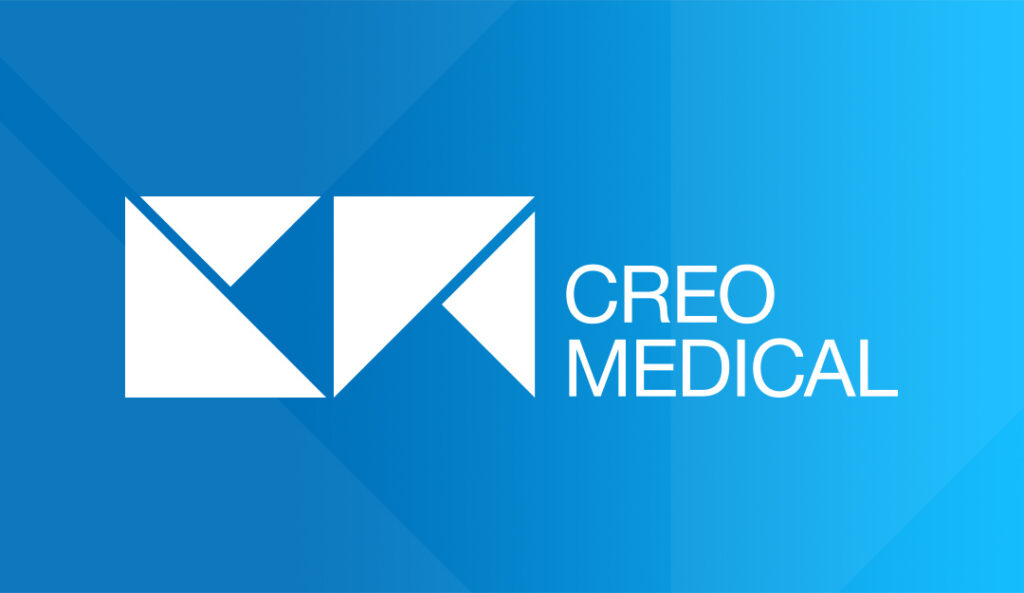|
Listen to this article  |

Creo Medical Group has signed a multi-year collaboration agreement with Intuitive to make certain Creo surgical technologies compatible with the surgical robotic giant’s systems.
The London exchange reacted by sending CREO shares up more than 4% to 100 pence apiece by the close of trading today. As of midday in New York, ISGR shares are up slightly to $221 apiece on the Nasdaq.
Based in the U.K., Creo is developing and commercializing a suite of electrosurgical medical devices. Its patented Kamaptive technology combines adaptive bipolar radiofrequency (RF) and super high-frequency microwave energy in the CROMA advanced energy platform. Kamaptive can dynamically adapt to patient tissue during procedures such as resection, dissection, coagulation and ablation of tissue, according to Creo.
The agreement with Intuitive outlines how the companies will conduct joint clinical studies and includes a number of milestone payments to be made to Creo, amounts undisclosed. The agreement also includes royalty structures for any products that arise in the future from the collaboration.
Creo Medical also announced it brought in £25.2 million ($34.7 million) in revenue in 2021, nearly triple the £9.4 million ($13.0 million) in sales it saw in 2020. Operating loss widened 27% to £29.9 million ($41.2 million) .
“The combination of Intuitive’s robotic platforms and our Kamaptive Technology strives to provide patients with additional treatment options using state-of-the-art technology. The collaboration highlights the versatility of Creo’s technology whilst validating the hard work that has been undertaken by Creo’s engineering team to bring advanced energy to the field of surgical endoscopy,” Creo CEO Craig Gulliford said in a news release.
Gulliford later added: “As well as exploring technical compatibility, our teams have agreed on commercialization terms, including clinical and regulatory fundamentals in an open and collaborative environment, to establish what we hope to be a long-lasting collaboration centered around shared goals of using thoughtfully developed technology to help improve patient outcomes.”
Editor’s Note: This article first appeared on sister website Medical Design & Outsourcing.
Credit: Source link


Comments are closed.